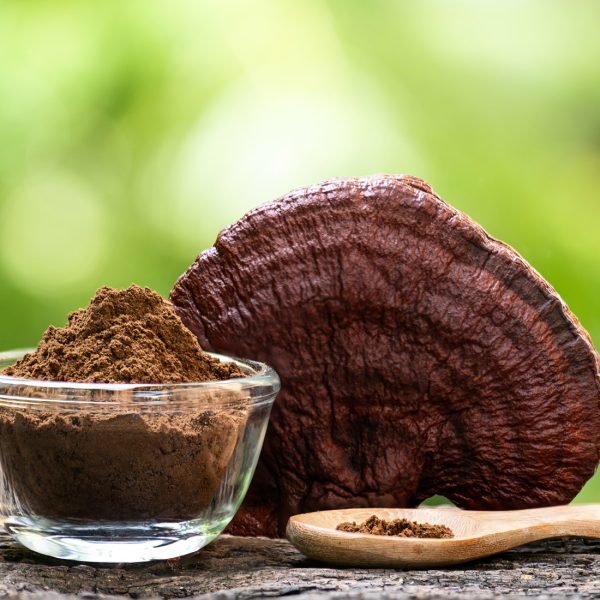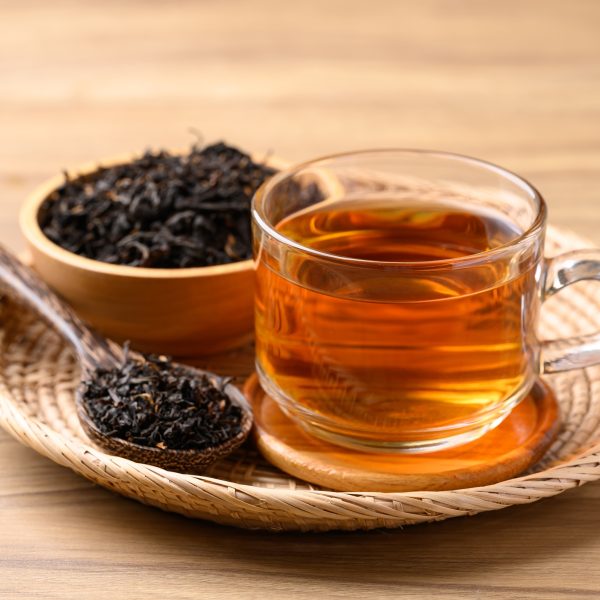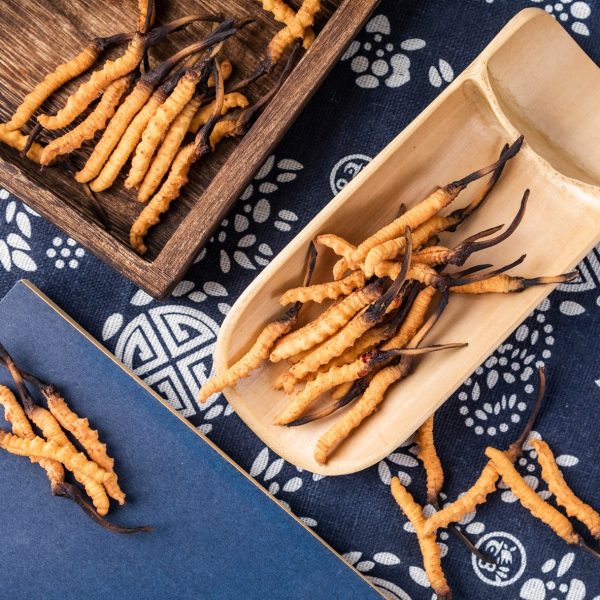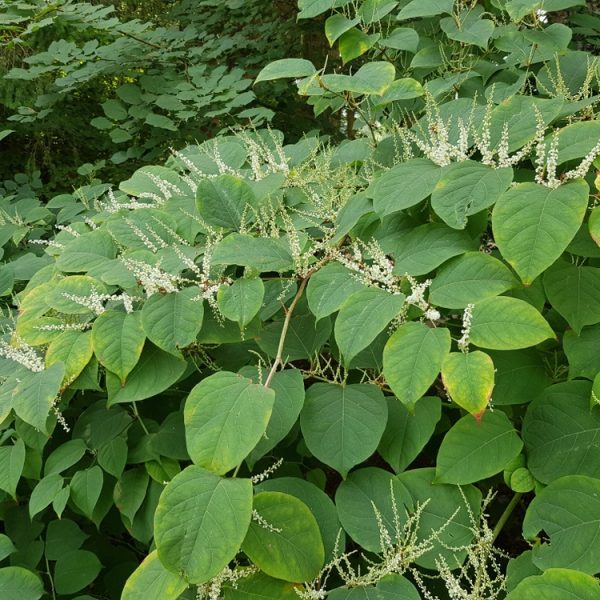Lyme disease is a bacterial infection spread to humans by infected ticks. We find out what Lyme disease is and herbal treatment methods.
Understanding Lyme disease

Lyme disease is a bacterial infection spread to humans by infected ticks. The causative bacterium carried by ticks is called Borrelia burgdorferi. Early treatment for Lyme disease is crucial for a better prognosis. When the disease is diagnosed and treated promptly with appropriate antibiotics or herbs (always consult a professional herbalist) in the early stages, most individuals recover completely.
If treatment is delayed or the infection is not recognized early, the bacteria can spread to other parts of the body, leading to more severe symptoms and complications. Lyme is a multisystemic disease that can affect and strain all organs of the body. In some cases, Lyme disease can cause persistent symptoms even after antibiotic treatment. If left untreated, Lyme disease can progress to more severe symptoms, affecting the joints, heart, and nervous system. Early detection and treatment are crucial for a full recovery.
By 2050, 55.7 million people (12% of the population) in the USA and 134.9 million people (17% of the population) in Europe will have been infected with Lyme disease (1).
It’s worth noting that not all tick bites result in Lyme disease, and prompt and proper tick removal can reduce the risk of infection. Additionally, the use of preventive measures, such as wearing protective clothing and using insect repellents, can help minimize the risk of tick bites.
How does Lyme disease happen?

Ticks are tiny arachnids (the size of a sesame seed when young) found in long grass or woodland areas. They feed on the blood of mammals such as deer, mice, rats, cats, and dogs, as well as humans. It is estimated that a tick can carry 120 different species of bacteria.
Ticks can be very small and their bite is not painful, so you may not realise you have one attached to your skin. However, there is a higher risk of becoming infected if the tick remains attached to your skin for more than 24 hours. When an infected tick bites, the saliva produces anticoagulant compounds that deactivate the inflammatory response normally triggered by an insect bite. Pain signals and itching of the skin are dampened, allowing the tick to continue to feed. Once infected, the B. burgdorferi (a species of Spirochetes bacteria) cells move slowly into the blood and lymphatic system.
Understanding the root of Lyme disease
Though it is thought that Lyme disease has been around for hundreds of years, it was first recognised and named only in the 1970s in Lyme, Connecticut. It was linked to cases of arthritis in adults and children who also had other puzzling symptoms. This syndrome, or combination of signs and symptoms, are what came to be known as Lyme disease.

Lyme disease is a year-round problem, but it is more common during spring and summer, when the ticks are active and feed.
Most Lyme disease tests are designed to detect antibodies made by the immune system in response to an infection. These antibodies can take several weeks to develop, so people may test negative if infected only recently.
Testing for Lyme disease typically involves an initial screening called ELISA to measure IgG and IgM (two different kinds of antibody) levels. Even though lab tests for initial screening can be important here, they can be variable and are not always 100% reliable. If ELISA shows a positive or uncertain result, a more specific test called the Western blot is performed to confirm the result. However, a 2016 study found that ELISA misses 46% of cases, and even when followed by Western blot, an additional 37.5% on average go undetected. There are also multiple co-infections of Lyme disease; it rarely occurs alone and these tests are not often done. (1)
The controversy surrounding the use of antibiotics in the treatment of Lyme disease revolves around the duration and effectiveness of prescribed antibiotic regimens. While the National Institute for Health and Care Excellence (NICE) Guidelines in the United Kingdom states that early-stage Lyme disease is typically treated with a short course of antibiotics, some patients with persistent symptoms advocate for prolonged antibiotic therapy, arguing that it helps alleviate chronic manifestations of the disease known as post-treatment Lyme disease syndrome.
However, the medical community is divided on the efficacy of prolonged antibiotic treatment, as studies have yielded mixed results, and potential risks, such as antibiotic resistance and adverse effects, need to be considered. Striking a balance between addressing the genuine concerns of patients with persistent symptoms and adhering to evidence-based medical practices is essential in navigating this ongoing controversy in the management of Lyme disease.
Signs and symptoms
During stage 1 of the disease, signs and symptoms are localised. The person may experience flu-like symptoms and a bull’s eye rash at the site of the tick bite. The rash, though known to the public in relation to Lyme, is not very common and may occur in only 15–25% of those bitten.

In stage 2, bacteria have begun to spread, affecting the whole body. Flu-like symptoms including fever, chills, fatigue, muscle and joint aches, and swollen lymph nodes are noticeable. Neurological symptoms may occur such as headaches, dizziness, and difficulty concentrating. Joint pain due to inflammation is characteristic, particularly in the knees.
Stage 3, also known as late-stage Lyme or persistent/chronic Lyme, may appear months or years after initial infection. A whole range of symptoms have been linked with this condition, most notably chronic joint inflammation, facial palsy with neuropathy, nerve damage, brain, and heart complications. Brain problems may include confusion, inability to concentrate, as well as impaired memory, mood, personality, and balance. There may be tiredness and joint pains – called “post-Lyme syndrome” – with symptoms similar to fibromyalgia or chronic fatigue syndrome. Other complications can cause heart rhythm abnormalities and irregularities. Sadly most infections will become chronic if left untreated (2).
Lyme disease can manifest as a variety of symptoms, including:
- Unexplained episodes of fever, sweats, chills, or flushing
- Unexpected fluctuations in weight, whether it’s loss or gain
- Persistent fatigue and tiredness
- Unexplained hair loss
- Swollen glands
- Sore throat
- Testicular or pelvic pain
- Irregularities in menstrual cycles
- Unexpected milk production or breast pain
- Irritable bladder or issues with bladder function
- Sexual dysfunction or a decline in libido
- Upset stomach
- Changes in bowel function, such as constipation or diarrhoea
- Chest pain or soreness in the ribs
- Shortness of breath and coughing
- Heart-related symptoms like palpitations, pulse skips, or heart block
- Previous history of a heart murmur or valve prolapse
- Joint pain or swelling
- Stiffness in joints, neck, or back
- Muscle pain or cramps
- Facial muscle twitching
- Recurring headaches
- Neck aches or stiffness
- Sensations like tingling, numbness, burning, or stabbing
- Facial paralysis (Bell’s palsy)
- Issues with eyesight, including double or blurry vision
- Ear-related symptoms like buzzing, ringing, or ear pain
- Increased susceptibility to motion sickness or vertigo
- Lightheadedness, wooziness, poor balance, and difficulty walking
- Tremors
- Confusion and difficulty in thinking
- Problems with concentration or reading
- Forgetfulness and poor short-term memory
- Disorientation, leading to getting lost or going to the wrong places
- Difficulty with speech or writing
- Mood swings, irritability, or depression
- Disturbed sleep patterns
- Exaggerated symptoms or a heightened hangover effect from alcohol
Herbal solutions

If you do find a tick on your (or someone else’s) skin, remove it carefully by twisting it off with a tick remover. It is essential that the mouth parts are removed in addition to the body. A paste created by mixing slippery elm bark or marshmallow root powder, or clay powder, with some Andrographis tincture can be used to cover the bite to help draw out any toxins. Removal of an attached tick within the first 24 hours will usually prevent an infection.
Put the tick in a Ziploc bag or other container in the freezer, so it can, if necessary, be sent off and tested.
Treatment plans, including herbs and minerals, vary depending on individual needs, resources and experiences.
Reducing the burden placed on the body by the inflammatory response to the invading bacteria is a key feature of addressing Lyme disease. By modulating Inflammation and stress triggers, we can further reduce inflammatory symptoms. The following exemplify treatment goals that might be used by medical herbalists:
- Improving resilience to pathogens: By improving immunity with antimicrobials, supporting the innate and adaptive immune responses, and using other self-regulating calming activities that can improve resilience.
- Repairing and restoring lost function: Improving cognitive function and gut health are often priorities for people experiencing Lyme disease. Supportive treatment goals include stabilising blood sugar and supporting connective tissue integrity with herbal remedies and food.
- Reconnecting with vitality and self: By meeting our needs for self-care, reflection, and social contact and connection.
A study published in 2020 in Frontiers in Medicine examined the potential of 12 herbs used in treating Lyme disease by testing them in vitro for activity against Borrelia burgdorferi. (3)
These are commonly used herbs in my clinic:
- Chinese skullcap (Scutellaria baicalensis)
- Japanese knotweed (Fallopia japonica)
- Black walnut (Juglans nigra)
- Ghanaian quinine (Cryptolepis sanguinolenta)
- Sweet wormwood (Artemisia annua)
- Cat’s claw (Uncaria tomentosa)
Holistic solutions
Healing Lyme disease is not a linear journey: it goes in layers and can require different strategies at different stages of the process. One can follow broad guidelines and protocols that have been developed over many years by various clinics and Lyme specialists, but health outcomes can be greatly improved by using herbal medicine, working with an empathetic practitioner and making nutritional changes.

Acupuncture
Traditional Chinese Medicine (TCM) practices such as acupuncture may help manage symptoms and promote overall well-being.
Meditation
Mindfulness meditation can be beneficial for managing stress and supporting the vagus nerve and mental well-being.
Moderate exercise
Engaging in regular, low-impact exercise or cold water therapy can help maintain physical and mental health.
Quality sleep
Ensure adequate and restful sleep, as it plays a crucial role in immune function and overall health.
Stress reduction techniques
Practices such as deep breathing, progressive muscle relaxation, or biofeedback may help manage stress.
Infrared saunas
Some individuals find relief from symptoms through infrared sauna therapy, which may help with detoxification
Manual Lymphatic Drainage (MLD)
This gentle massage technique may help support the lymphatic system.
Precautions to help prevent Lyme disease
- Wear a long-sleeved shirt when walking in risk areas.
- Tuck your trousers into long socks.
- Use insect repellent.
- Avoid long grass, and stay on the path.
- Check yourself for ticks at the end of the day and remove any ticks thoroughly.
- Check your children and pets for ticks.
As a preventative measure in high-risk areas during tick season (May– September), or all year round if you work outdoors, the noted herbalist Stephen Buhner recommends taking Astragalus, with meals. Astragalus is an immune regulator; it increases the effect of enzymes that activate white blood cells and support immune function.
For new tick bites, Buhner typically recommends taking Astragalus 3,000 mg daily for 30 days and 1,000 mg daily thereafter until symptoms improve. However, if symptoms persist or get worse, stop taking it.2 Astragalus is not recommended for chronic Lyme disease.
Lyme disease is often referred to as the “great imitator” due to its ability to mimic a diverse range of illnesses. Beyond the direct impact of the Lyme bacteria and its co-infections, individuals with Lyme disease may experience symptoms that resemble various other health conditions. Recognizing this complexity is crucial for a comprehensive approach to diagnosis and treatment.
It’s essential to investigate and address potential contributing factors that can exacerbate the symptoms or hinder recovery. These factors may include issues such as mineral deficiencies, blood sugar imbalances, allergies, gut dysbiosis, hormone imbalances, and autoimmune disorders. By taking a holistic approach and considering the broader context of an individual’s health, healthcare professionals can better tailor treatment plans to address the multifaceted nature of Lyme disease and enhance the overall well-being of those affected.
References
- X. Zhang et al., “Economic impact of Lyme disease”. Emerg. Infect. Dis., 12 (4) (2006): 653–660.
- M. Davidsson, “The financial implications of a well-hidden and ignored chronic Lyme disease pandemic”. Healthcare (Basel), 6 (1) (2018): 16.
- J. Feng et al., “Evaluation of natural and botanical medicines for activity against growing and non-growing forms of B. burgdorferi”. Front. Med. (Lausanne), 7 (2020): 6.
- S. H. Buhner, Healing Lyme Disease Coinfections: Complementary and Holistic Treatments for Bartonella and Mycoplasma 2nd addition (Rochester, VT: Healing Arts Press, 2013).
- Natural Treatments for Lyme Coinfections: Anaplasma, Babesia, and Ehrlichia Paperback – 12 Mar. 2015( Healing Arts Press; 1st edition (12 Mar. 2015)
- Richard i.Horowitz ,Why Can’t I Get Better?: Solving the Mystery of Lyme and Chronic Disease Hardcover – Illustrated, 12 Nov. 2013































